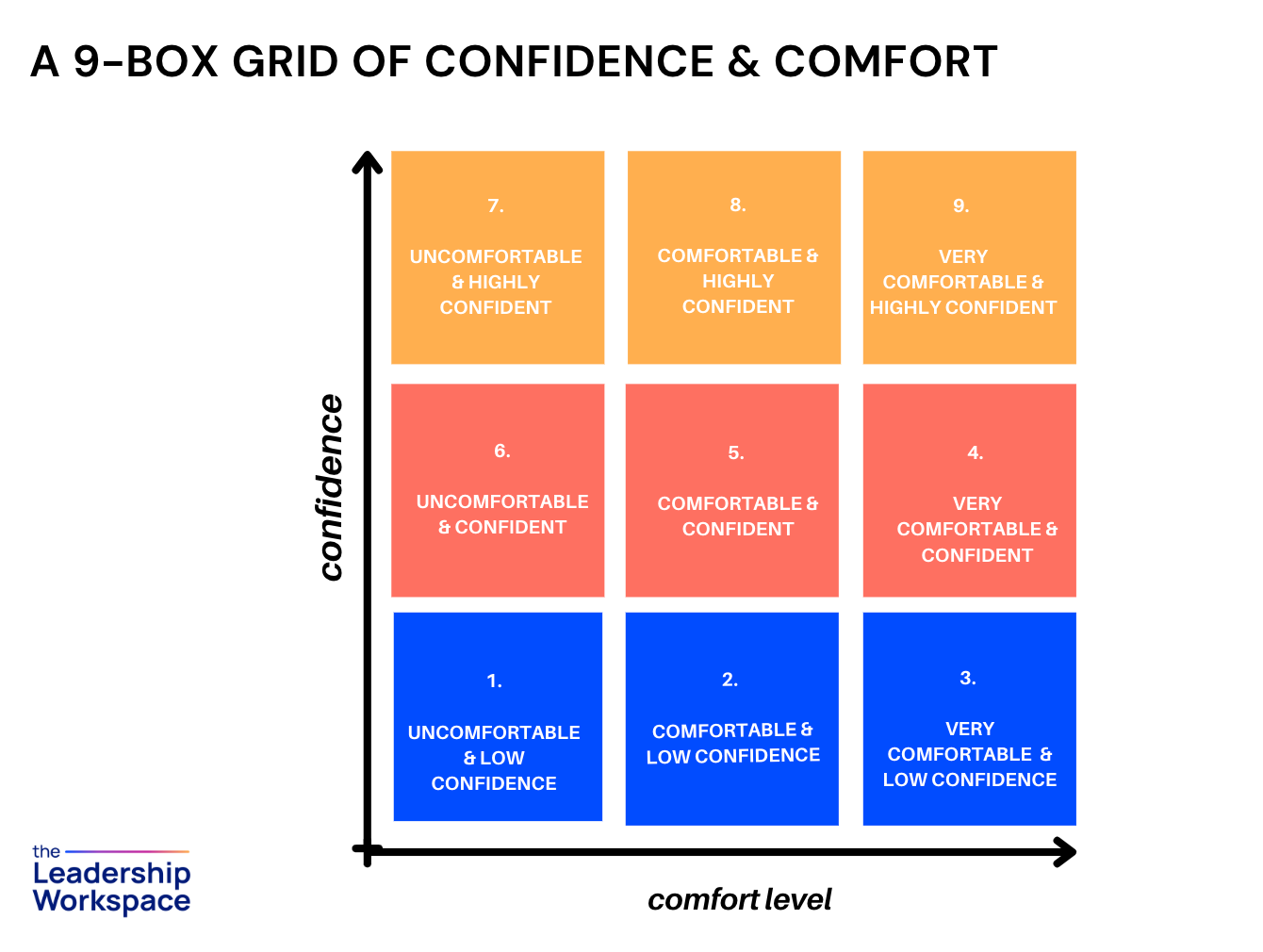How to Start Your New Role Well
Preparing for a New Year challenge - and how to get a head start, right now

If you’re preparing for a new leadership challenge in the new year the stakes will be high. You need to make an impact quickly.
But the reality is that senior-level transitions take time.
Preparing for the long haul is imperative, but so is starting off on your best, freshest foot.
The challenge is that your new role starts before your first day. Because whilst your salary will change overnight, other lines are more blurred.
Finding headspace to mentally shift from one role to another doesn’t happen at the flick of a switch.
If you can afford a pause between roles, fantastic. But if you’re banking on the holidays providing that break and recovery time, think again.
For nearly 40% of us, stress actually increases during the holiday season. Typically as a result of a lack of time, financial pressure, gift giving and family gatherings.
With that in mind, assuming that you’ll get the rest and headspace you need may be naive.
So, this week, to help give you a head start on preparations, here are five tools to get you started.
(And if there’s someone you know who is readying themselves for a new role in the New Year, click on the link below to share it with them.)
Question: If you’re feeling pressured by the 100-day or 90-day plan concept, you are not alone. Whilst they are useful for building momentum, in practice most new leaders take far longer than 90 days to get up to speed (92% for external hires and 72% for internal moves). At the CEO level, it can take anywhere between 9 and 14 months to develop a strategic vision and build the right team to deliver it.
So, as well as thinking in the immediate term, take a moment and think forward to this time next year.
What words describe how you want to feel about the year that you’ve had?
What will tell you that you feel this way (your heart, your head, your gut?)?
What two things can you do to start this January already feeling this way?
Reflect: Think about the signal you want to send from day one in your new role. Being clear on what you value and the principles you hold are just as important as what you want to deliver. For example:
What do you stand for?
What’s most important to you?
What do you believe in?
This will give your new team an insight into what to expect and also a guide as to what’s expected. If you haven’t come across it before, Simon Sinek’s 17-minute talk on How Great Leaders Inspire Action will give you food for thought.
Model: When you take on something new, you’re likely trading something that’s within your zone of comfort and confidence for something that will challenge you. Yet these moves don’t just challenge your ability, they challenge your confidence too.
In the grid below that means shifting from the top right, towards the lower left, almost overnight. That can be challenging for you (and your ego) to take.
Think about:
Where do you currently find yourself on this grid?
Where will your move take you?
What two actions will help you build your confidence and a sense of comfort in your new role quickly?
Read more about how leaders can build inner confidence here:
Plan: Don’t wait until you start your role to think about the support you’ll need. It’s likely that you already have people all around you who will champion you along.
What will you need from your existing supporters?
What opportunities are there to share this with them explicitly and line it up in advance?
What external or objective support could be beneficial? What options are available for that?
Rest: Restoration and recovery are non-negotiables for endurance athletes and are now recognised as crucial ways to improve performance. But for leaders, rest and rest and recovery all too often fall into the ‘nice to do’ box rather than absolute ‘critical’.
Rest looks different to everyone, and what is restful to one person might actually be stressful for another. Perhaps consistent deep sleep is what you need or simply spending more time outdoors suits you best; a few long bike rides in the fresh blustery winter air for example.
Think about what works for you and answer these questions:
How would you like to feel when you return to work after the holidays?
What level of priority do you want to attach to that?
What have you already committed to that will take you there?
What activities help you recover most effectively? When do you feel most energised?
What can you do to incorporate more of them into your time this holiday?
What could get in the way of that?
What red flags do you need to pay attention to? And what will you do when you see them?
If you’ve enjoyed this issue please hit the 🤍 button below.
Thanks for reading this, and if you haven’t already, click here to receive the next issue straight to your inbox.





